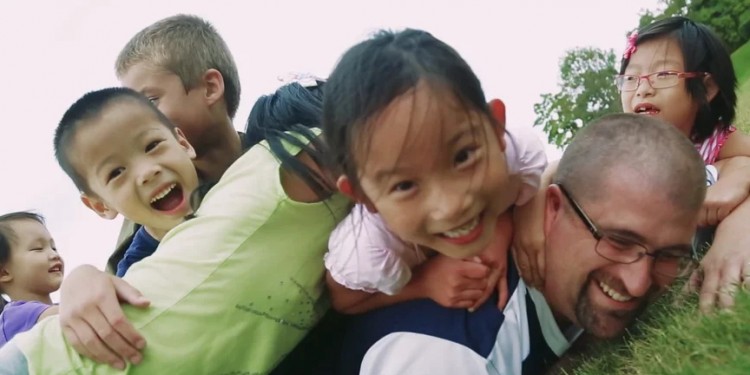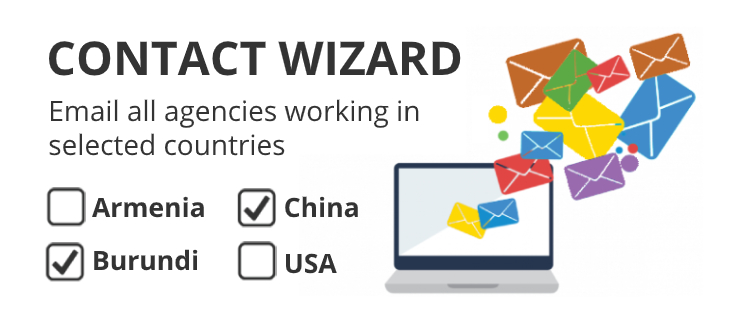
As adoptive parents, we entered into the world of Cerebral Palsy without a lot of knowledge. When we realized our second daughter would be an older child, we were overwhelmed by the number of kiddos waiting with CP. We asked our pediatrician as many questions as we could think of about the need. Through our research and subsequent adoptions, we’ve come to realize that there is no short, easy answer as to how CP will affect a particular child.
Cerebral Palsy is a neurological disorder. It is non-progressive. There is new research showing that the brain injury or malformation most often occurs prior to birth or delivery. It mainly affects body movement and muscle coordination.
It is non-progressive. The damage is already done. It will not improve or worsen over time. However, therapy and orthotics can improve balance and motion. Some of our kiddos have been to weekly therapy sessions. We have found, with our busy large family that our children get enough movement playing with their siblings. I do stretch our kiddos at night (only about a minute per kiddo) and they love it. We have done ankle-foot orthotics, but not all of our kiddos have needed it. We have also found that progress is dependent on how much the child wants to improve. Our oldest daughter is pretty much done growing and so we went ahead and had a tendon and hamstring lengthening scheduled for her. The recovery was tough, as she was in double casts and knee immobilizers for a month, but the results are tremendous. She went from being a toe-walker (with braces and therapy) to completely flat-footed.
We do not have many appointments outside of the normal pediatrician well-checks. We decided to try AFOs (Ankle-Foot Orthotics) for 3 of our kiddos, but only for a limited time. We tried therapy with two of our kiddos, but found we could service them more often and just as well at home. We did have a tendon-hamstring release surgery for our oldest, but this should only be done when they are pretty much done growing. I am not sure that any of our other kiddos will need this.
All of our children have different degrees of difficulty in motion, but are all mobile. A majority of them have hemiplegic CP and are affected mostly on one side. It mostly affects their lower limbs. All of them have improved as they run, climb stairs, and play with their siblings and friends. At first we were concerned about things like having most of our bedrooms on the second floor. We have found that climbing the stairs actually builds their muscles and they are capable of moving more quickly and with better strides as they practice.
Cerebral palsy can affect muscles in the face. This can surface as speech difficulties and chewing issues. We have not experienced this, as our children do not have any tightness in the face. Again, through practice and therapy, I believe it can improve but a parent needs to be prepared for their always being some degree of difficulty if it is present.
I think the most important piece of information a potential parent can have is video of their child. We have always requested video of our kiddos doing tasks that were developmentally appropriate. (Age 3-7 walking; Age 5-8 stacking blocks, stringing beads, talking, writing; Ages 2-3 crawling) It is important to note that kiddos with CP often hit physical movement milestones later due to their disability.
Just because they can’t walk now, doesn’t mean they won’t ever be able to. For example, our youngest didn’t crawl until 1.5. She didn’t begin to take steps until after she turned 2. Now, at age 3, she is running all over the place.
Remember, CP is not progressive; the children's condition will not worsen over time.
Now, having said that, there are some pieces you need to be aware of. When they have a growth spurt and their muscles stretch and grow, they may appear more “wobbly” until they get used to them. Stretching, therapy, and orthotics can improve motion and balance. Due to their body compensating for an awkward gait, they may have back or hip trouble later in life. We often tell our kiddos we wear braces, etc now to set them up for better health later.
The last piece so many people wonder about is their intellect. This is so very difficult for us to address. I have read that 30-50% of people affected by CP will have some sort of cognitive impairment. Those with more severe CP will likely have a more severe impairment. For those that adopt a child, it is hard to differentiate between the effects of CP and the effects of institutionalism.
Our oldest daughter is the most affected physically by her CP, but she continues to do remarkably well in school. She gets the highest grades and does extremely well on standardized tests, etc. Two of our kiddos have an IEP and a definite learning disability. It is unclear, however, how much is due to brain injury and how much is due to trauma experienced from 7 years in an institution.
So, to summarize, please consider a child with CP! They are such a blessing! Their condition does not worsen.
Try and get video and make sure that you are comfortable with how they are functioning currently with their personal level of CP. If you can devote a minute or two each evening to stretching them out, help them run around and play, and climb a step or stairs for a few minutes, you might not even need therapy sessions.
Finally, be prepared to be amazed and humbled by how much they are capable of and how they embrace life, not letting their disability slow them down!!
Here is a link to a video of our family. At 2:07, you can see our oldest daughter before her surgery. At the very end (behind the words), you can see three of our kiddos and their unique gaits. Video
555 children with Cerbral Palsy wait on Rainbowkids for their forever families to discover them! Click on the image to link to their profiles.







